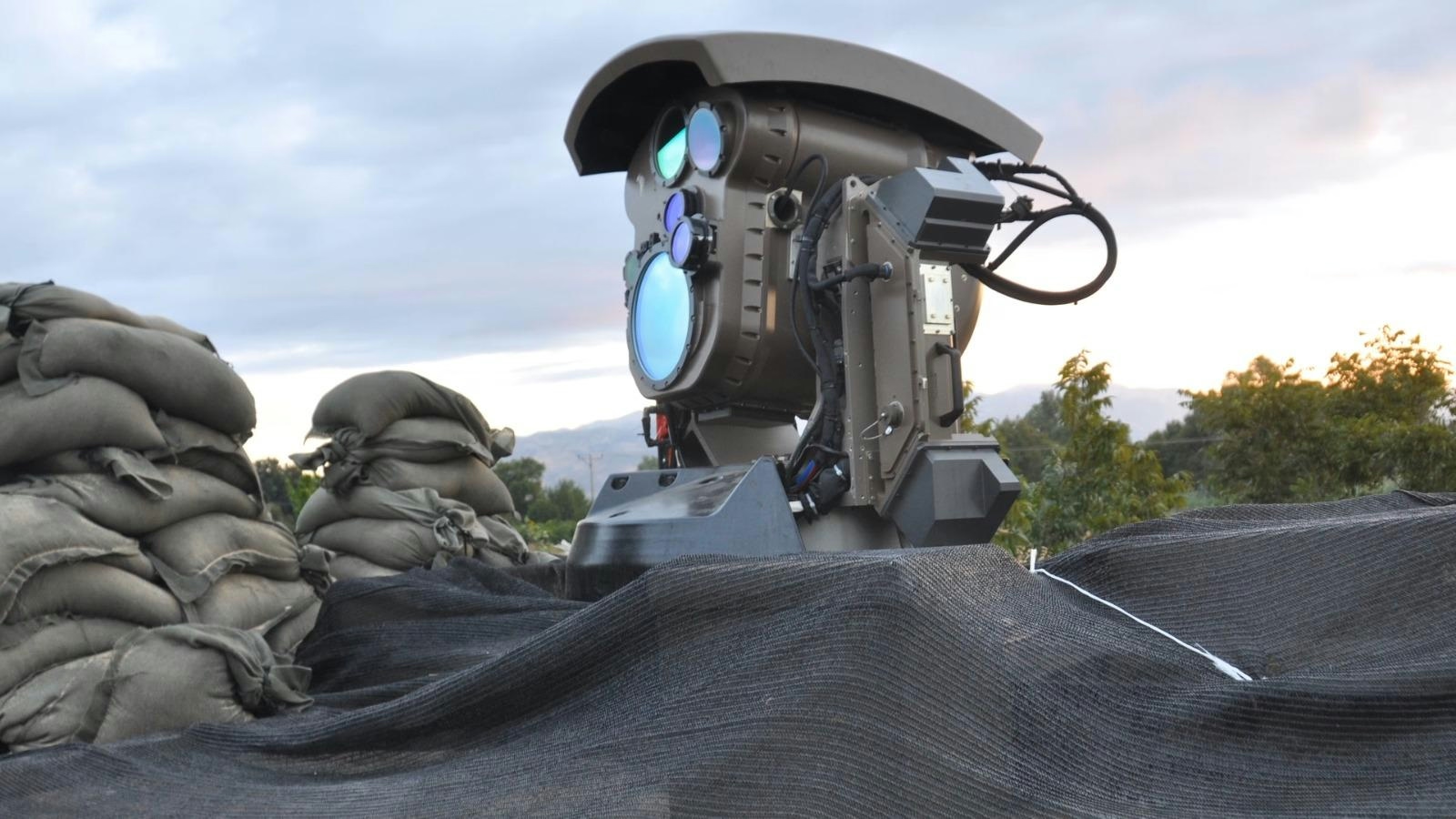
AeroGenie — Your Intelligent Copilot.
Trending
Categories
Emirates and Japan Airlines Introduce AI-Driven Safety Systems Amid Aviation’s Digital Shift

Emirates and Japan Airlines Pioneer AI-Driven Safety Systems in Aviation’s Digital Transformation
Emirates Airlines and Japan Airlines (JAL) have embarked on a significant technological advancement by integrating sophisticated AI-driven safety systems into their operations. This move marks a pivotal moment in the global aviation industry, as digital technologies increasingly redefine standards of safety, efficiency, and passenger experience. Both carriers are harnessing artificial intelligence to not only improve operational reliability but also to elevate service quality, setting new benchmarks within the sector.
Advancements in AI Applications for Safety and Efficiency
Emirates has implemented AI technologies to enhance predictive maintenance, real-time weather analysis, and operational decision-making. Notably, the airline employs AI algorithms to forecast turbulence and dynamically adjust flight paths, thereby reducing delays and minimizing passenger discomfort. In partnership with aviation technology firm FlytX, Emirates has automated the analysis of maintenance data, which mitigates the risk of operational failures and ensures optimal performance across its fleet.
Similarly, Japan Airlines has embraced AI by digitizing its safety management systems. This approach enables the airline to analyze vast amounts of operational data, leading to improvements in both safety protocols and customer service. These technological advancements contribute to more streamlined flight operations and foster a smoother travel experience, with positive implications for the broader hospitality and tourism industries.
Challenges and Industry Implications
Despite the promising benefits, the rapid integration of AI in aviation presents notable challenges. Some pilots have expressed reservations about the increasing reliance on automation, cautioning that it may complicate crisis management within the cockpit. This skepticism highlights a broader industry concern regarding the potential risks of over-dependence on technology during critical situations.
Market responses to these developments have been mixed. While investors acknowledge AI’s transformative potential, there is growing caution about the substantial investments required and uncertainty surrounding long-term returns. The balance between embracing technological innovation and maintaining operational safety remains a key consideration.
Competitors are closely observing the progress made by Emirates and Japan Airlines, with many expected to adopt similar AI-driven systems to maintain competitiveness. Concurrently, the aviation sector faces escalating pressure to address security vulnerabilities introduced by AI technologies. Experts advocate for the implementation of real-time, intent-based defense mechanisms to counter emerging threats, signaling a necessary evolution in aviation security strategies.
Emirates and Japan Airlines continue to lead the industry in AI adoption, shaping the future landscape of air travel. Their initiatives are redefining safety standards and enhancing passenger experiences, while also stimulating critical discourse on the evolving role of technology in aviation’s next chapter.

The Role of Flight Engineers in Modern Aviation

Asia-Pacific Low-Cost Carriers Strengthen Market Position
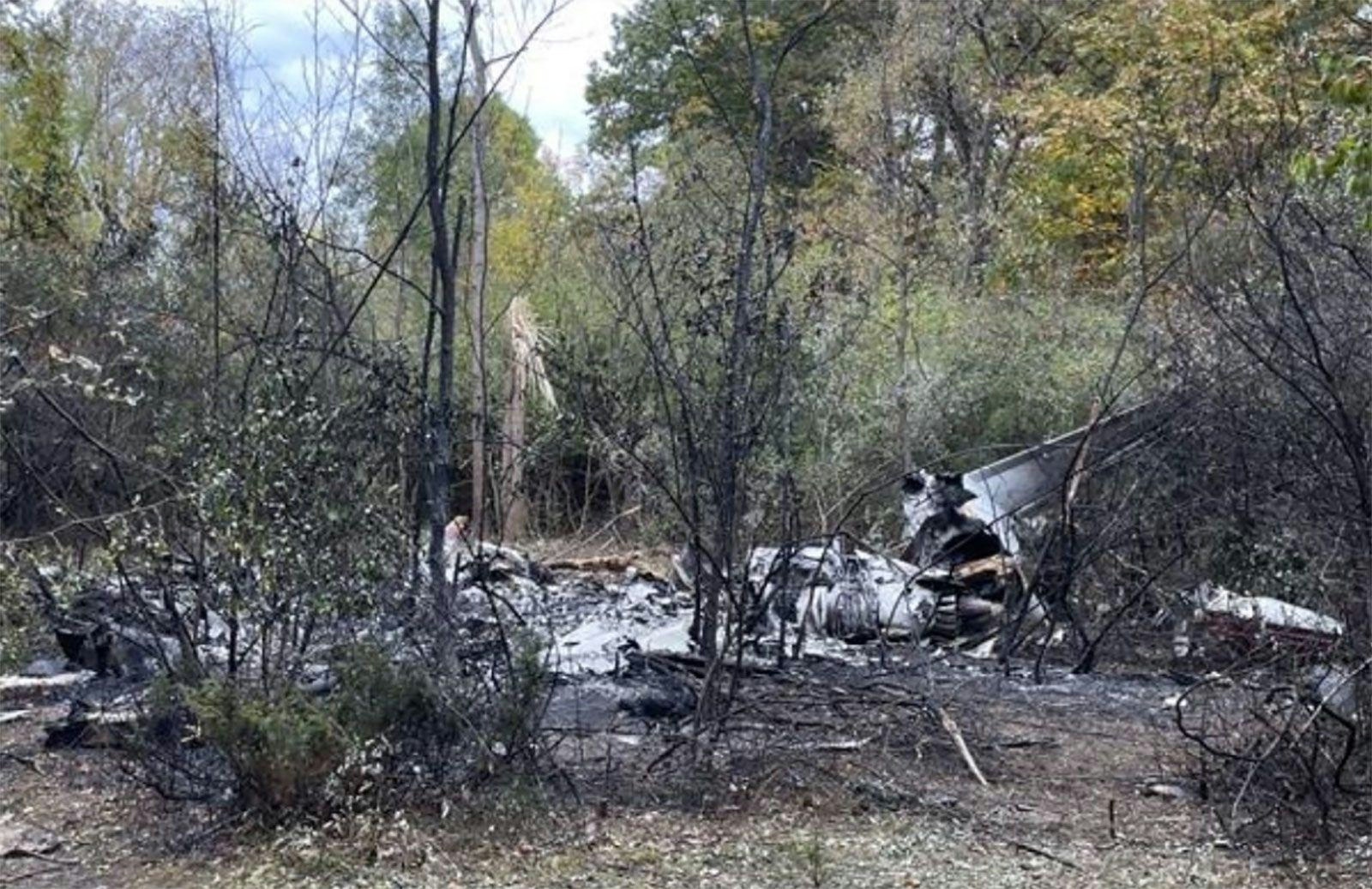
Hawker 800XP Crashes During Post-Maintenance Stall Test in Michigan
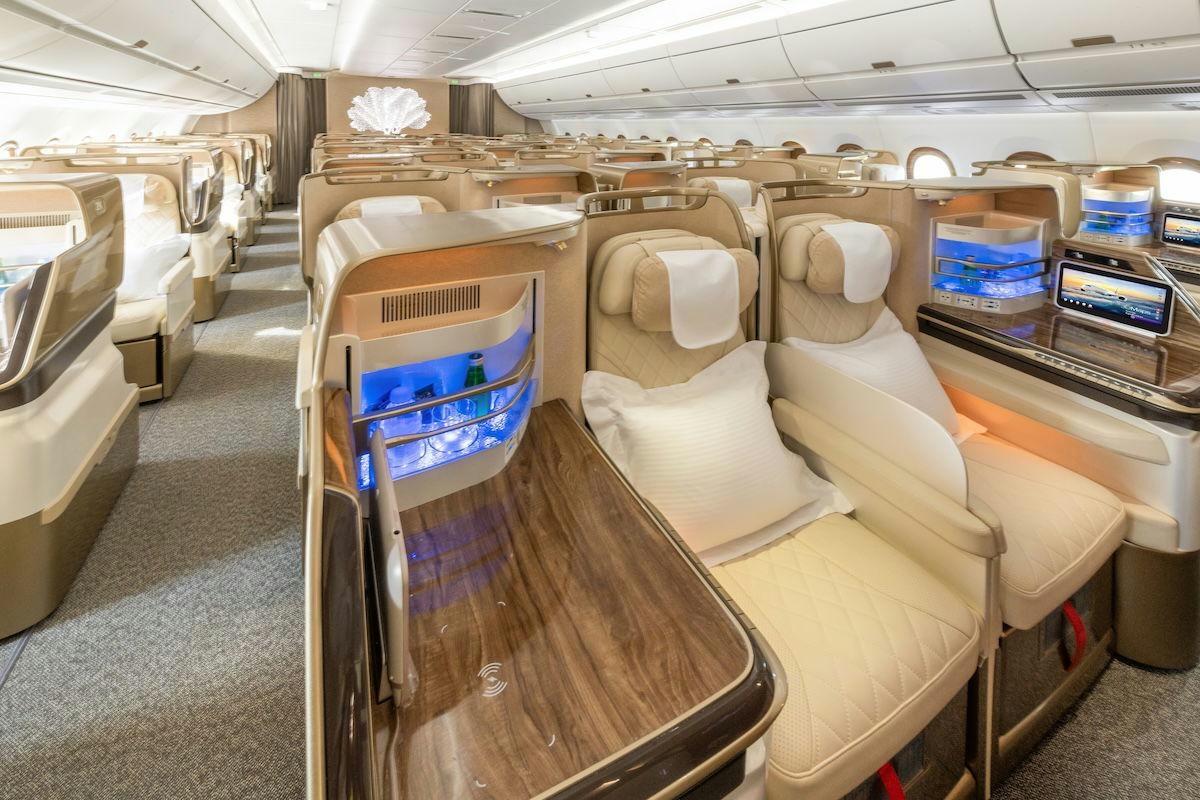
Emirates Plans to Order at Least 30 Airbus A350-1000 Jets
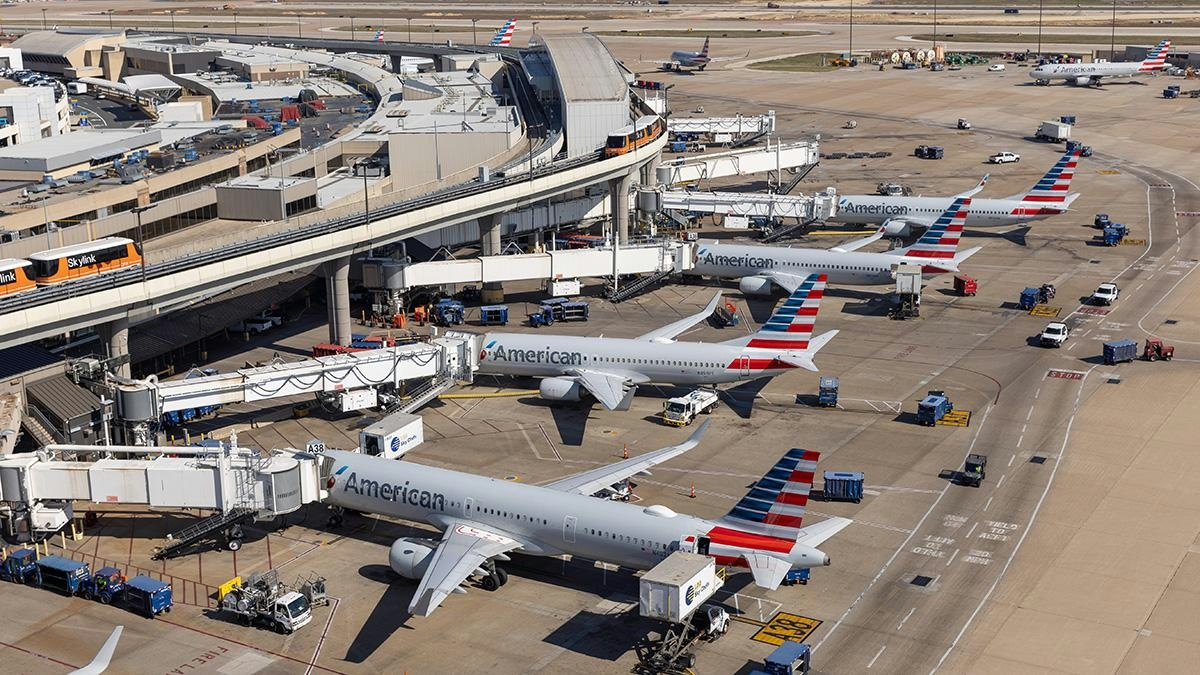
Airline to Operate World’s Largest Mainline Fleet in 2025

FedEx Anticipates Limited Impact from MD-11 Grounding

Carbonatik Signs ₹31,500 Crore MoU with Andhra Pradesh Government for Aviation, Ports, and Waterways

Pratt & Whitney Opens European Center Focused on Sustainable Propulsion
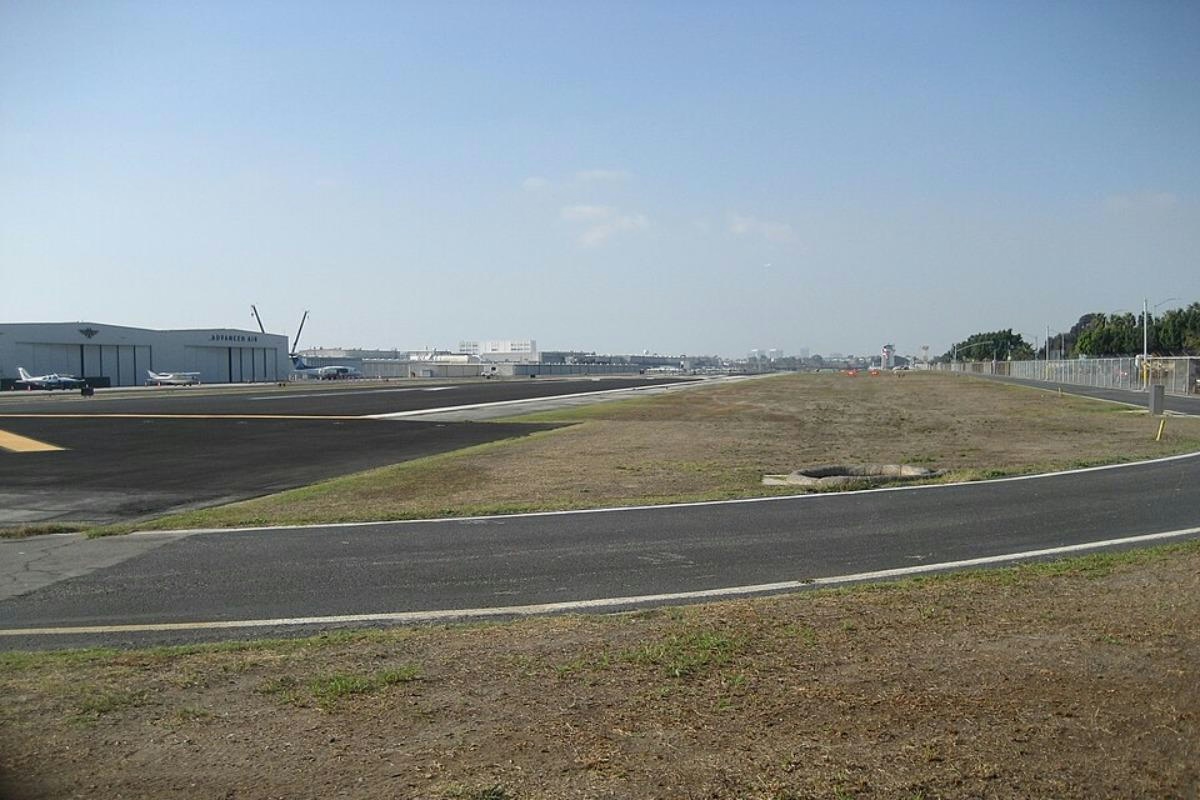
Archer Aviation Acquires Hawthorne Airport for $126 Million
